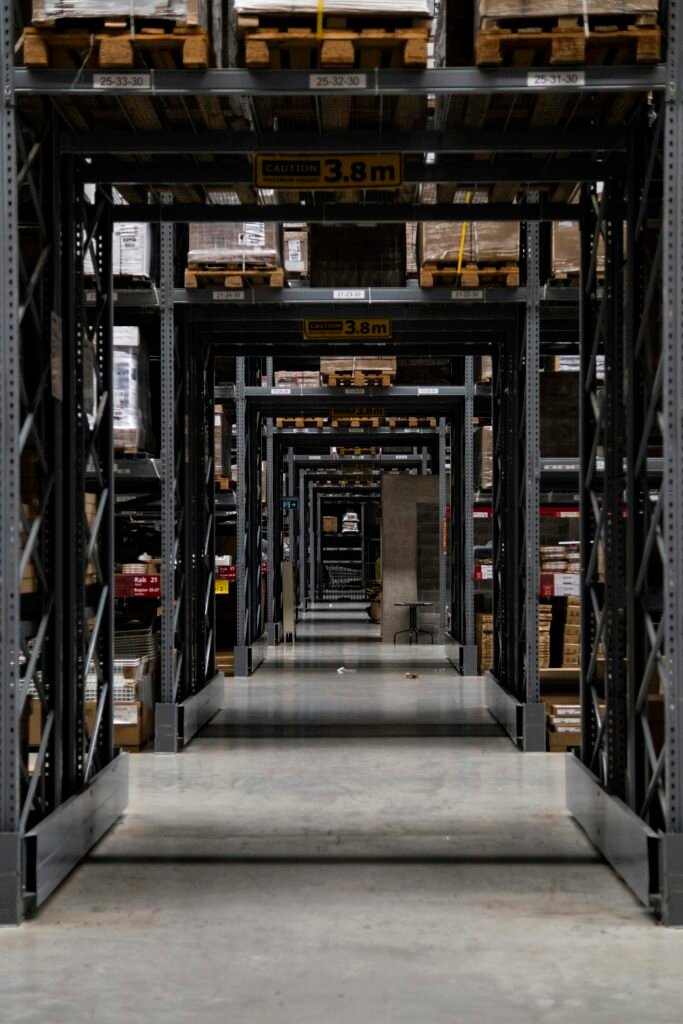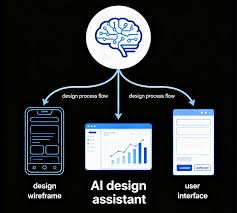
The Transformative Impact of Generative AI on Warehouse Planning
Understanding Generative AI in Warehouse Operations Generative AI refers to a class of artificial intelligence…

Understanding Generative AI in Warehouse Operations Generative AI refers to a class of artificial intelligence that leverages machine learning algorithms to analyze vast amounts of data and create new outputs based on learned patterns. In the context of warehouse operations, generative AI can significantly enhance efficiency and optimize logistics processes. At its core, this technology…

Understanding Generative AI Generative AI refers to a subset of artificial intelligence that focuses on creating new content, rather than merely analyzing existing data. This technology leverages advanced algorithms to generate text, images, music, and other forms of media that can mimic human creativity. The foundation of generative AI lies in neural networks, particularly deep…

Understanding Generative AI and Its Role in Motor Design Generative AI represents a transformative approach in the field of design, particularly in motor design, by harnessing advanced algorithms to create innovative engineering solutions. This technology utilizes a combination of artificial intelligence and computational design principles, enabling engineers to explore a multitude of design options rapidly….

Understanding Generative AI and Its Functionality Generative AI represents a significant advancement in artificial intelligence, characterized by its ability to generate new content and solutions by learning from existing data. Unlike traditional AI, which primarily focuses on classification or prediction based on pre-set rules, generative AI creates novel outputs—be it images, designs, or even process…

The Environmental Impact of Traditional Plastics Traditional plastics, primarily derived from petrochemicals, have profound implications for the environment throughout their lifecycle. The process begins with the extraction and refining of fossil fuels, leading to significant greenhouse gas emissions. The production of plastics not only consumes vast amounts of energy but also generates toxic byproducts, which…

Understanding Generative AI in Package Design Generative artificial intelligence (AI) represents a significant advancement in design processes, particularly in the realm of package design. This technology leverages sophisticated algorithms to create innovative and unique design solutions, enabling designers to explore a range of possibilities that might not be achievable through traditional methods. Generative AI operates…

Introduction to Generative AI in Alloy Design Generative AI represents a significant advancement in the field of material science, particularly in alloy design. This innovative technology utilizes algorithms and computational models to explore a vast array of potential alloy compositions, properties, and structures that would typically be impractical or time-consuming for human engineers to evaluate….

Understanding Generative AI Generative AI refers to a subset of artificial intelligence techniques that focus on creating new content or data from existing information. The core concept revolves around the ability of machines to learn patterns and generate new instances that mimic the characteristics of the input data. This capability is underpinned by various algorithms…

Introduction to Generative AI in Design Generative AI has emerged as a revolutionary force in numerous fields, notably in mechanical design. This advanced technology encompasses algorithms that autonomously create optimized geometries and configurations based on specified parameters and constraints set by the designer. At its core, generative design leverages computational power to explore a vast…

Understanding Sustainable Construction Materials Sustainable construction materials are defined as resources that are derived and manufactured in environmentally responsible ways, with minimal negative impact on the surrounding ecosystem. These materials are notable for their ability to reduce energy consumption, lower emissions, and promote waste conservation throughout their lifecycle. As the construction industry evolves, integrating sustainable…